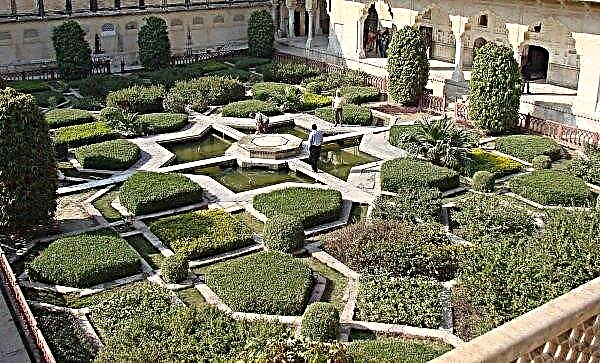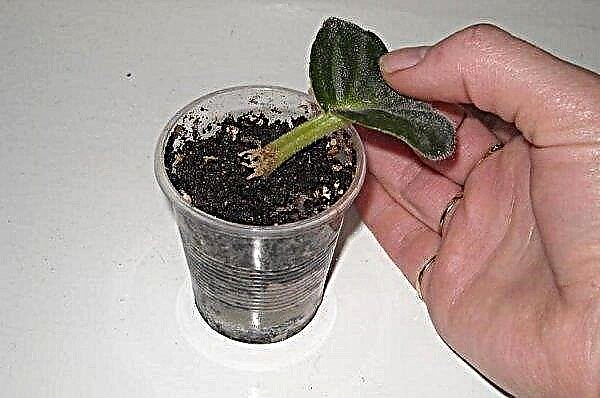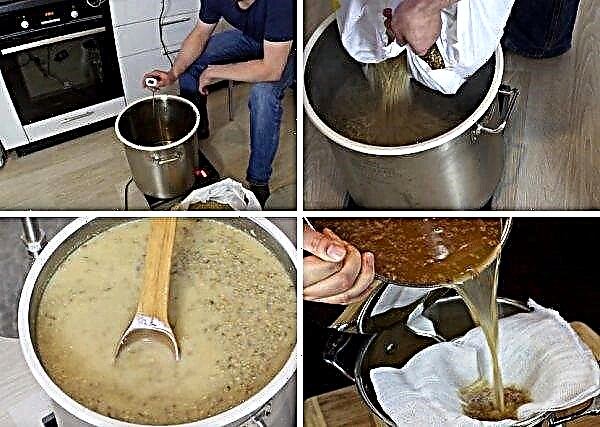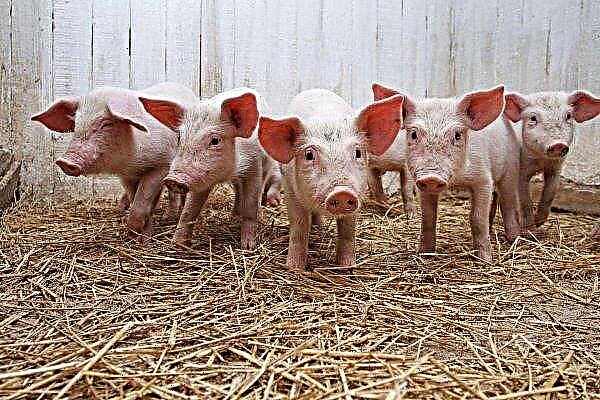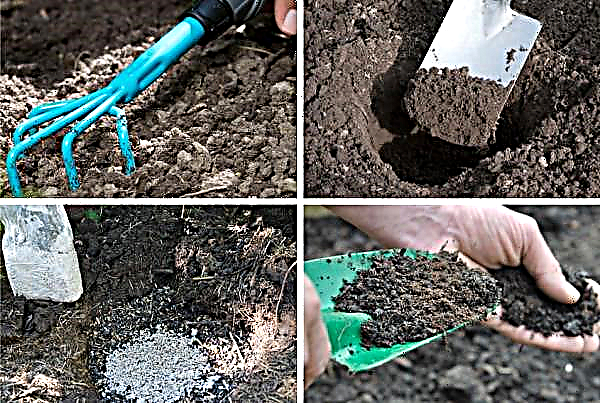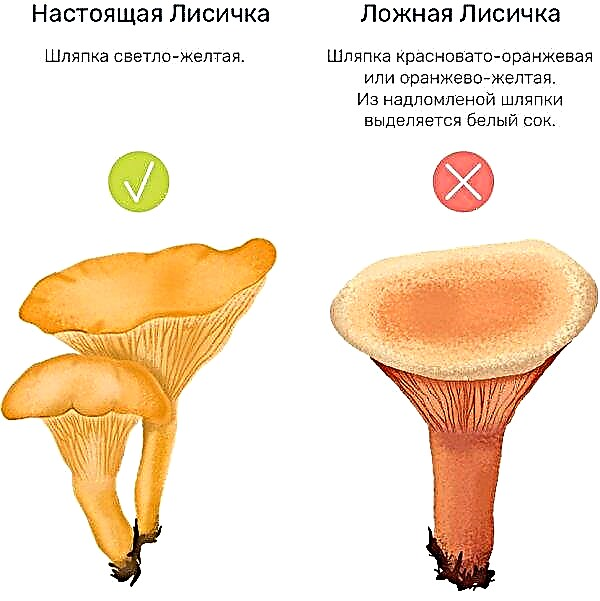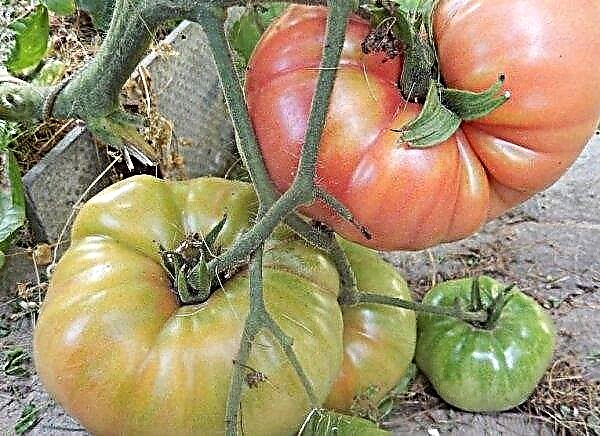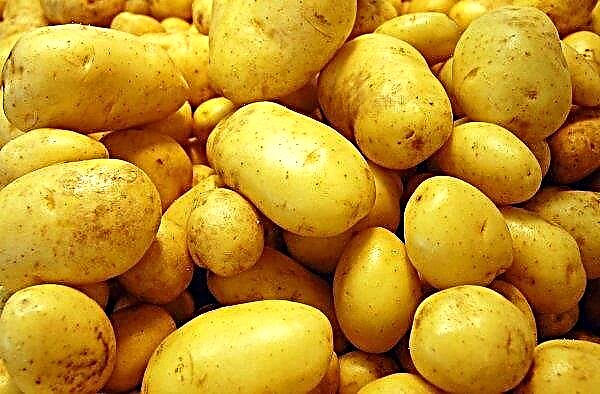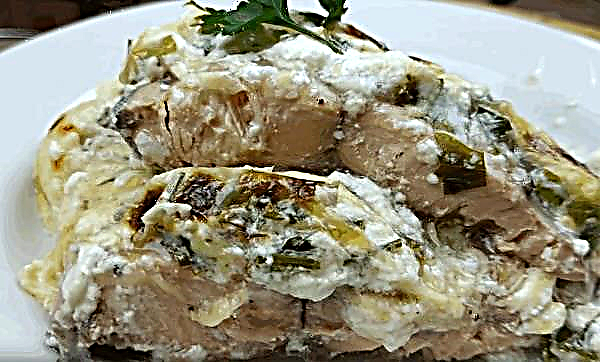In order to grow a beautiful well-groomed lawn in front of a residential building, it is not enough just to plant a flat surface with quality grass. Even advanced agricultural practices and competent care are not a guarantee of a good result. The thing is that not on any soil the plants feel the same way, in some cases it is more advisable to replace the turf layer.
What soil is needed for the lawn
Quite often, after the completion of urban construction, Zelenostroy workers begin to plant lawns around the new building. Sometimes you can see the following picture: the topsoil, damaged by construction, is completely removed. A sand cushion is poured in its place, a new fertile layer of turf is laid on top, which will serve as a substrate for the lawn.
If you decide to green your own local area and for some reason want to repeat this technique, you should keep in mind that before you perform it you need to consider a lot of circumstances.

The reasons why there is a need for laying a new fertile layer may be different, for example, such:
- it is necessary to raise the general level of the nearby territory (in such cases, local soil is usually mixed with imported sand);
- the sod layer is irreparably damaged by various chemical or construction impurities, and it is unsuitable for plant life (the soil is cut off, and a new fertile layer is laid in its place);
- on local soil, any crops grow very poorly, for example, on heavy loam or clay (lay a pillow 10 cm or more high, and then mix well with the mother soil).
If you still decide to prepare the site, replacing the fertile layer, you need to know what it should be.
Important! The sand used for the drainage cushion and as part of the substrate must necessarily be a large fraction.
It is desirable that the substrate meets the following criteria:
- pH of salt extract - 6.0–6.5;
- an indicator of water retention, porosity and volumetric weight - approximately like that of medium or light loam;
- the soil mixture should not float and crack.
If we talk about the specific composition, then there are several mixtures on which you can plant almost any crop.
Composition 1
- lowland peat deoxidized - 50%;
- coarse sand - 30–40% (permissible perlite content in this component is up to 10%);
- sapropel, loam or chernozem - 10–20%.

Composition 2
- lowland or transitional peat, deoxidized - 40%;
- turf soil (top layer) - 40%;
- sand - 20%.
Composition 3
- fertile loam - 85–90%;
- sand - 10-15%.
The thickness of the fertile layer should be at least 10 cm. However, it must be taken into account that the soil becomes denser over time, and to obtain the indicated value, it is initially necessary to lay a layer 15–16 cm or more high.
Land leveling
To grow a quality lawn, you need to create as flat and even surface as possible. If this is not done, short hair will remain on the hills after mowing, and high grass in the recesses. How to level the soil depends on the degree of unevenness. If there are small hollows and elevations on the site, they can be leveled with a rake. In the event that the hills are clearly distinguished, they must be demolished, and the hollows filled with the resulting soil.

After alignment, the cut fertile layer is returned to its original place. Lawns with slopes should be broken so that the slope is not more than 30 °. Usually, you can come to this indicator by adding and removing land in the right places. If this does not succeed, you should fill the terraces, creating a retaining wall for each of them.
Important! When leveling the landscape, it is important not to mix the upper and lower soil layers. If this does not work out, it is better to simply remove the top layer, remove it to the side and level the surface according to the formed level.
Harvesting and weed removal
If previously the site you have chosen has already been used for agricultural purposes, the work on its preparation will be minimal. In the event that you want to green the territory on which previously nothing has grown at all, you have to tinker. It is more advisable to consider this particular case, then you will know what to do in any such situation. The activities described below are performed for sowing and roll lawn.
You should start by cleaning up all the excess, the territory must be completely cleaned. To do this, you need to take out construction and household waste from the site, uproot trees and shrubs, remove stones, branches, slivers, roots, cut and remove to the base of the path and flower beds. All listed items must be moved outside the cultivated area. Even the smallest of these things can damage the grass and lawn mower in the future. The next step is weed removal.
This procedure can be performed in two ways:
- Mechanical. The turf should be cut in small pieces, to a depth of 3-4 cm, and stacked in stacks so that the root system is directed upwards. For the next season, this land can be used as humus - it is rich in useful substances, and all weed grass will have dried by that time.
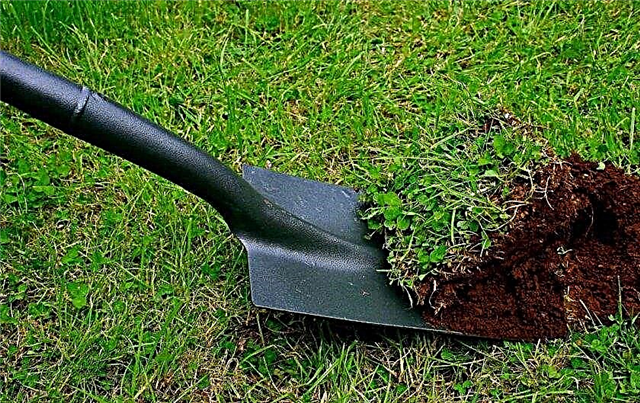
- Chemical. To kill weeds, herbicides are used ("Mastak", "Golf", "Lintur", etc.). The drug through the green part enters the root system and leaves the plant no chance, after a few days the land will be completely clean. If your choice fell on this method, keep in mind that you need to use such products exactly in accordance with the instructions, otherwise, lawn grass may suffer in the future.

So that the grass, which will continue to grow on the lawn, does not suffer, it must be sown no earlier than 1.5 months after application of the herbicides. At this time, you need to weed through the remaining weeds.
Digging
If you decide to leave the existing top layer, you need to dig it up anyway. When performing this procedure, the remaining grass and its parts are removed, humus and other additives are added. Digging is an important process to create a quality clearing. This procedure is of two types: single-tier and two-tier.
Single tier
A procedure of this type is carried out in the event that some crops grew on the site. This is the simplest agricultural technique - the soil is dug up to the depth of the bayonet of a shovel.
Did you know? Lawn size 20×10 m is able to fully supply oxygen to a family of four.
Bunk
This is a more complex method of cultivating the land. They resort to it in such cases:
- soil has not been previously cultivated;
- the soil is too heavy and must be diluted with a mixture of peat and sand;
- the fertile layer is extremely light and it requires dilution with loam.
Such digging should be carried out as follows:
- Choose a narrow strip across the site and remove the turf layer from it to the depth of the bayonet, remove it to the side.
- Carefully loosen the bottom of the dug trench with a fork or a chopper (a kind of plowing of the lower layer of the fertile layer).
- Close to the finished ditch, along it, dig another one, as if expanding the first.
- In the second trench, fill the bottom layer of turf from the bottom of the first ditch, after which loosen this earth directly into the trench and fill it with the upper layer, extracted at the very beginning.
- So dig the entire plot.
 When digging, it is necessary to introduce compost into the soil, a well-rotted mullein, and if there is a need - sand, peat and loam. In addition, you need to remove all parts of the plants (roots, foliage, stems) and break up large clods of soil.
When digging, it is necessary to introduce compost into the soil, a well-rotted mullein, and if there is a need - sand, peat and loam. In addition, you need to remove all parts of the plants (roots, foliage, stems) and break up large clods of soil.
Drainage and fertile soil
In lowland areas, as well as in places with dense clay soil, rainwater, as well as that which remains after the snow melts, does not go away for a long time. This can lead to plant diseases. In addition, the lawn should be watered regularly, and all excess moisture should leave the root horizon. To do this, it is necessary to equip the site with drainage. Lay it when digging the ground.
Do this as follows:
- Remove the narrow part of the turf and set aside. The layer that goes below is dug up and covered with a mixture of sand and gravel.
- A ditch is dug nearby in the same way, only the top layer is not removed from it, but is laid in the first trench, on top of the gravel-sand mixture.
- In the second ditch, the lower part of the turf is replaced by a drainage cushion, on which the top layer removed from the first trench is laid.
- Similarly, the entire area is treated.

Fertilizer and ramming
Organics and mineral fertilizers should be added to the place prepared for planting grass. Organic top dressing is used in spring and autumn, mineral can be used throughout the year. From organic substances, mullein or litter of poultry, humus, compost can be distinguished. It is advisable to add these substances when digging. In addition, the application of minerals such as superphosphate (2 tablespoons / 1 m²), nitroammophoska (5–6 tablespoons / 1 m²), potassium and magnesium nitrate (2 tablespoons / 1 each) have proven themselves well. m²).
The next step is soil compaction. Tamping the soil is necessary so that there are no traces after it is simply walked on or passed by a lawn mower. In addition, after some time, the earth may settle under the influence of groundwater and rainwater and gravity. Seal the earth with a special skating rink. The main element of this device is an empty drum inside (it is easy to transport it), into which water is poured or sand is poured, after which the projectile mass can exceed 100 kg.
Did you know? American realtors say that a quality lawn, broken in front of the house, increases the price of real estate by 10-15%.
If you fail to find the drum, you have to ram the future clearing, moving along it in small steps. Then the site is leveled with a rake and left for 2-3 months for shrinkage. After the specified time, the earth will have time to settle and condense. The result of the work done will be visible: if the site is flat, it is ready for planting. In the event that in some places pits and depressions appear, it will be necessary to fill the earth there, and then sow grass.

It may seem that for a simple replacement of soil for breaking the lawn, you need to perform too many procedures. But the fact is that they are all necessary, and if you neglect any operation, there is a risk of a beautiful green lawn sinking at the most unexpected moment.



